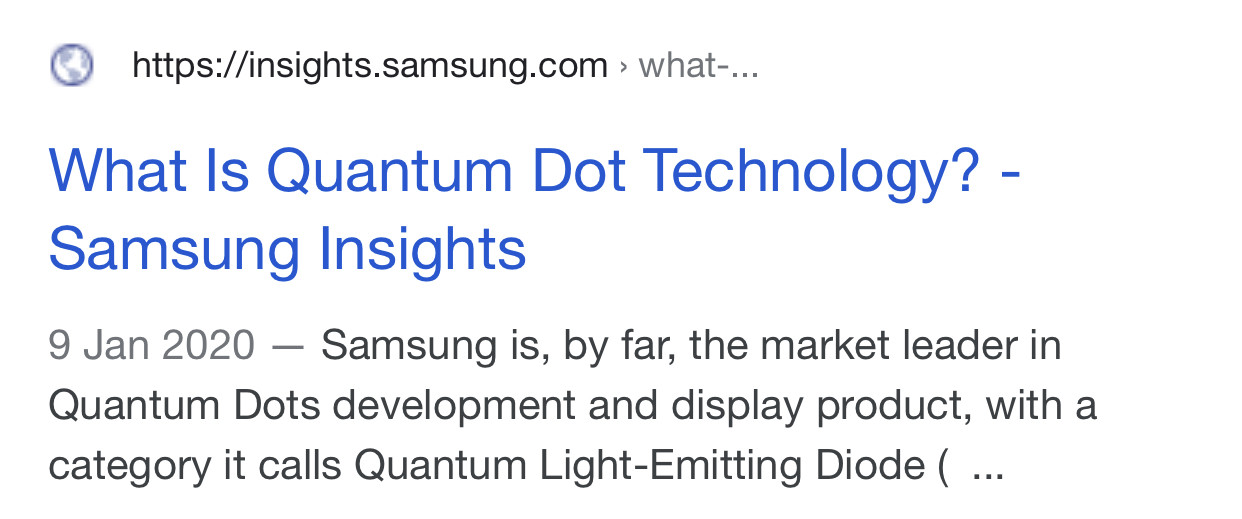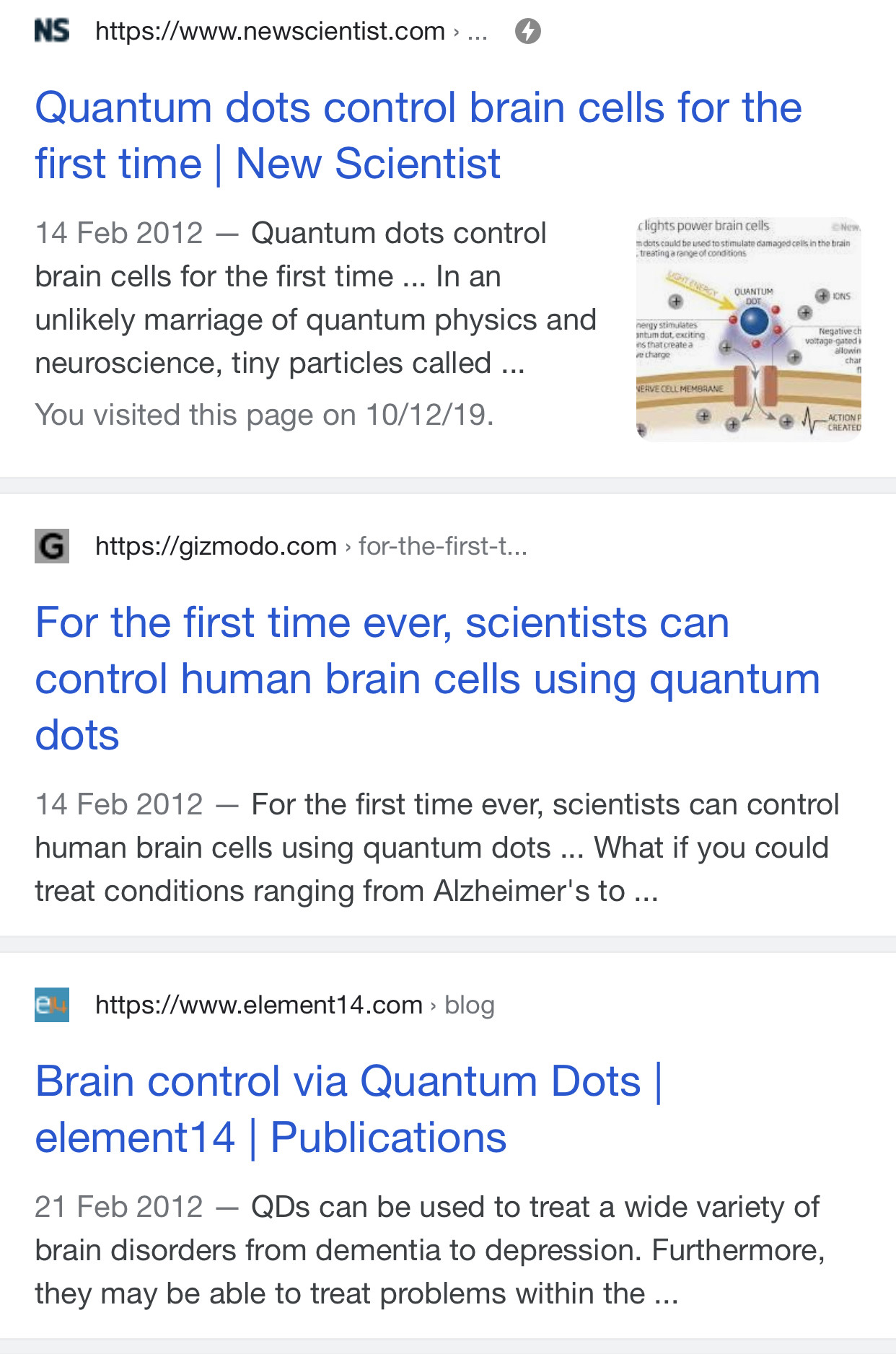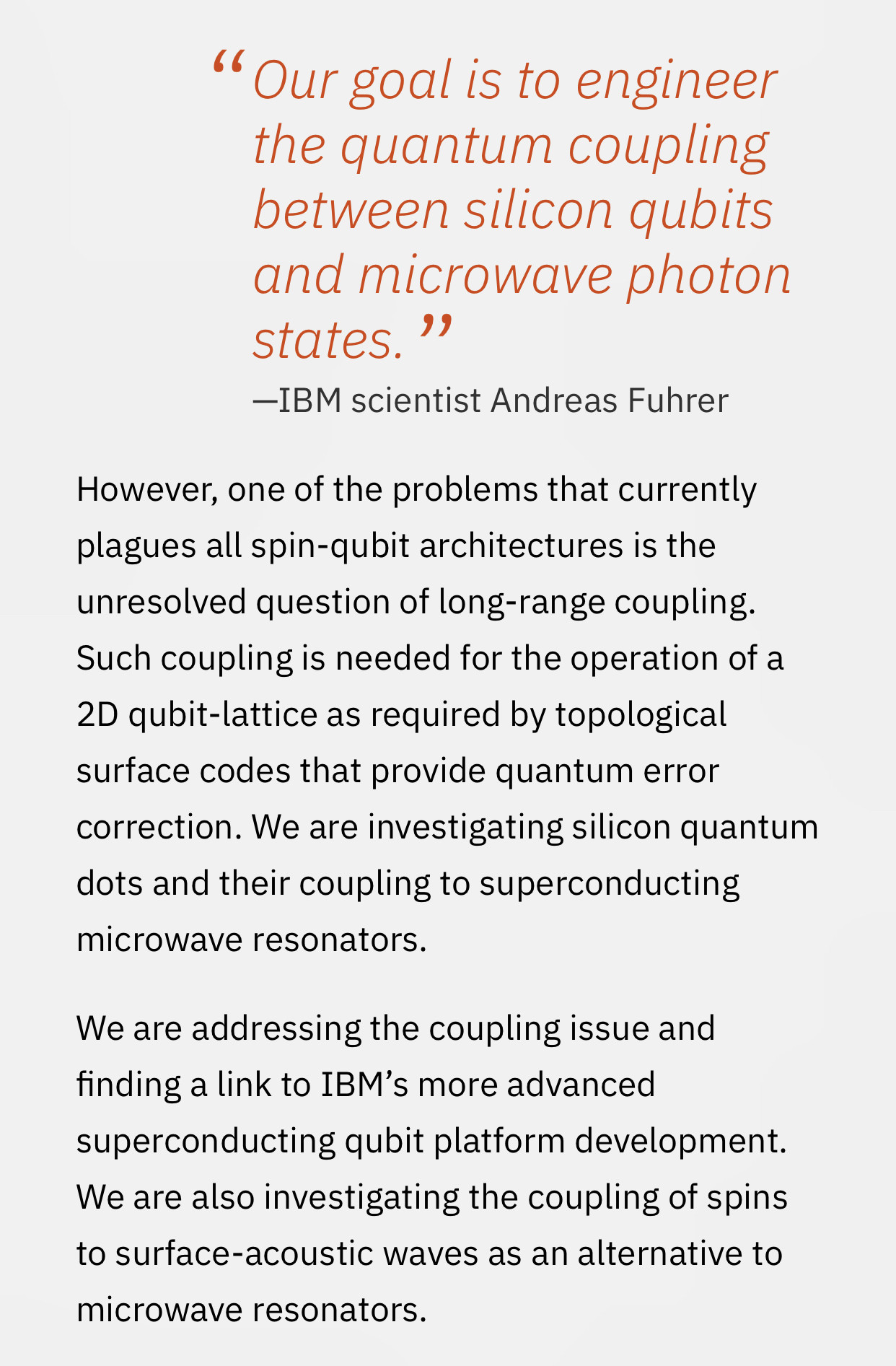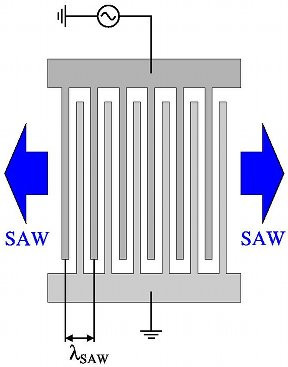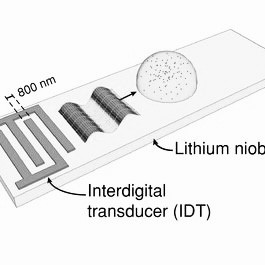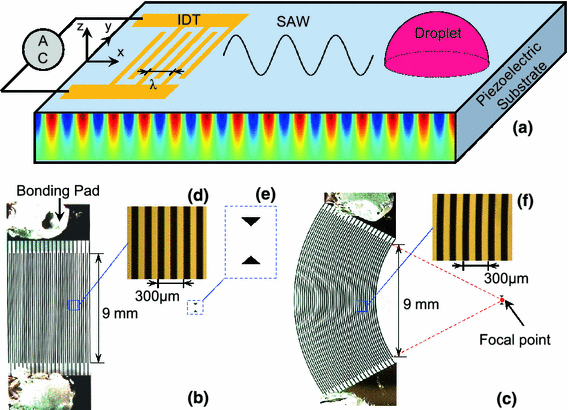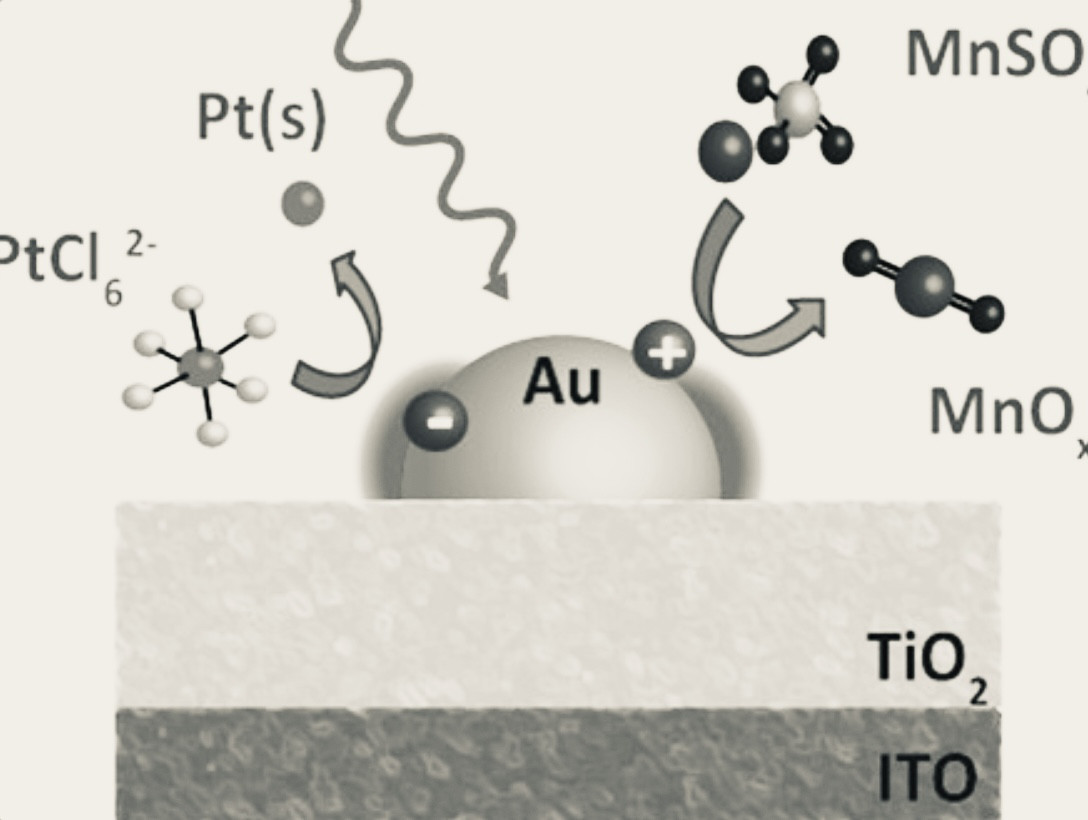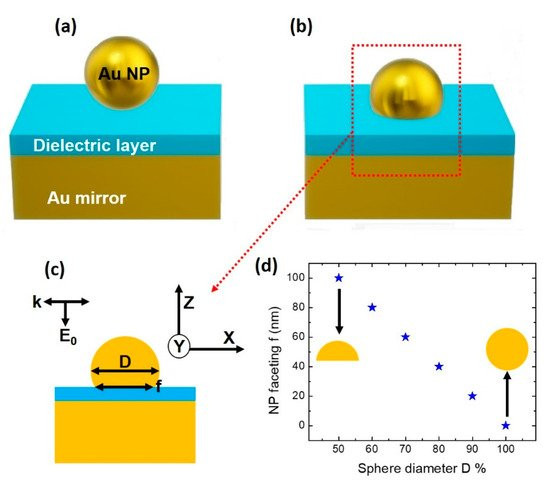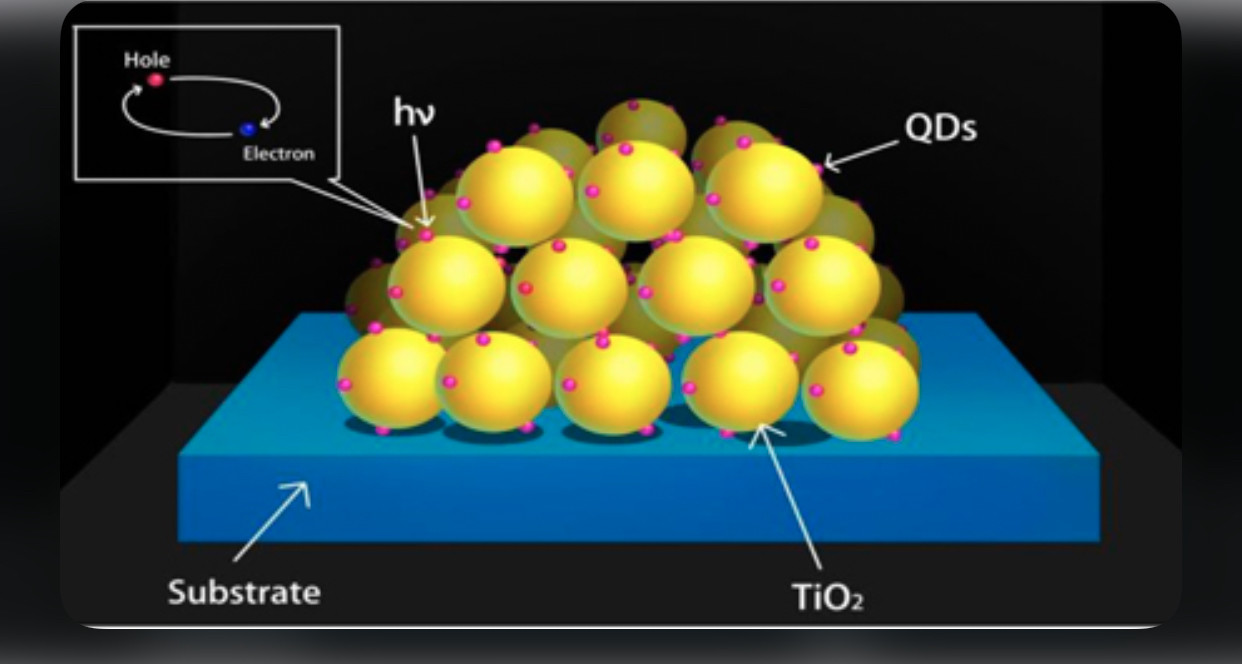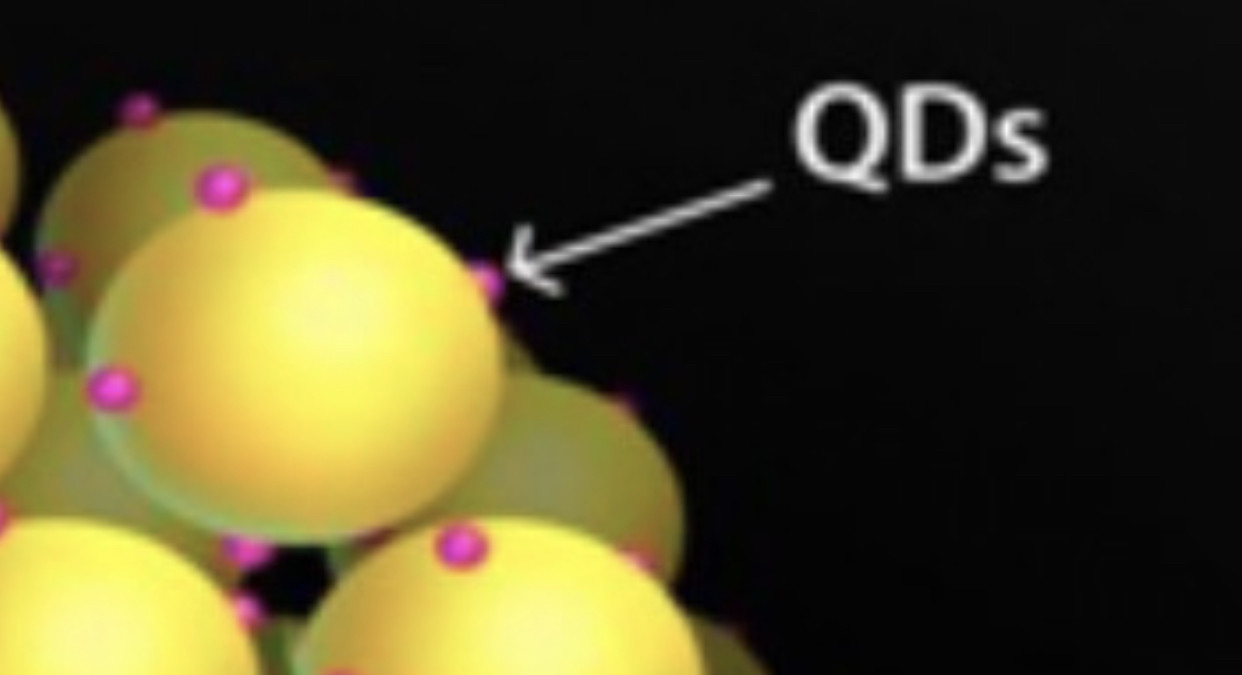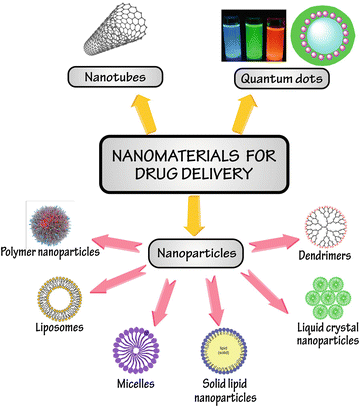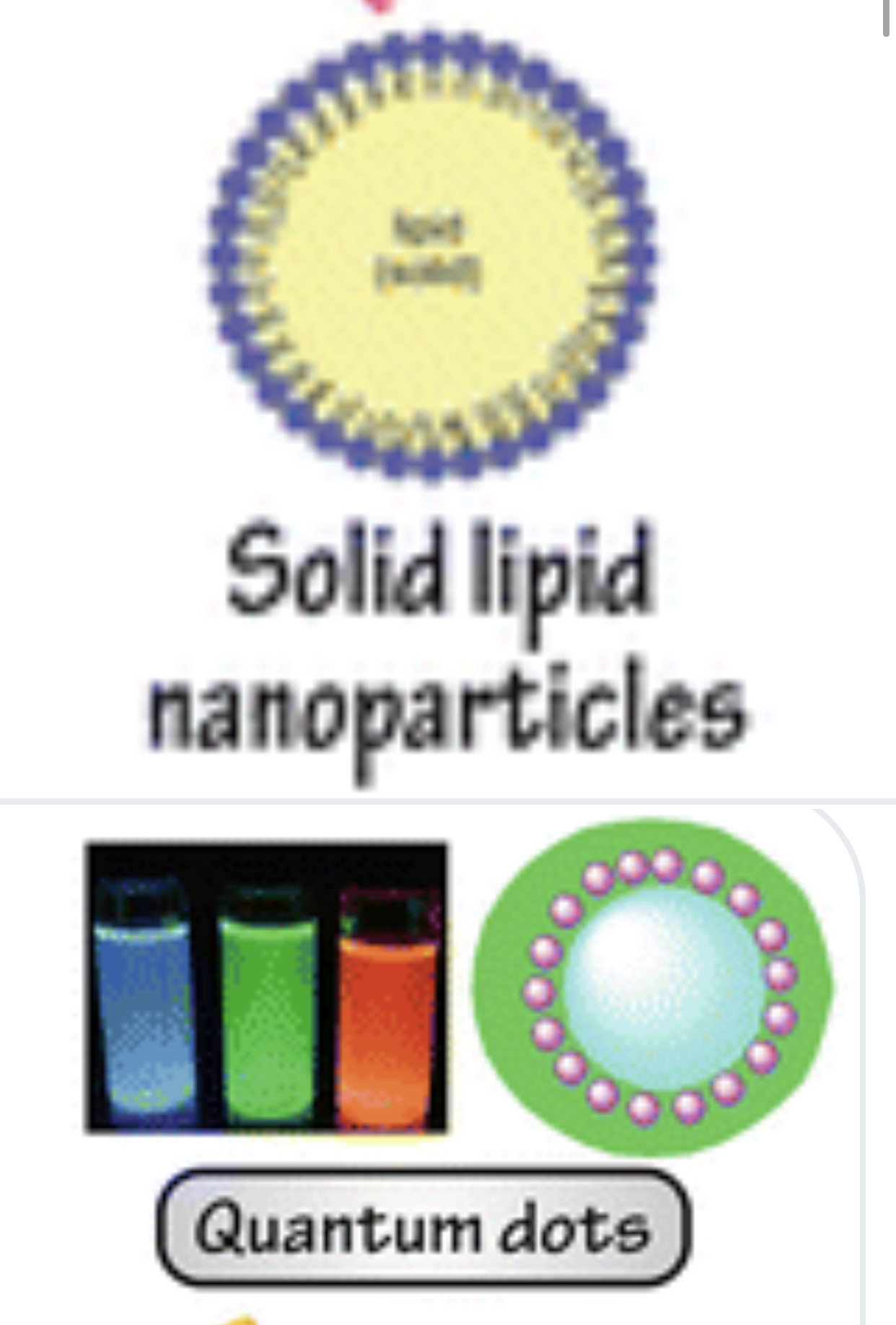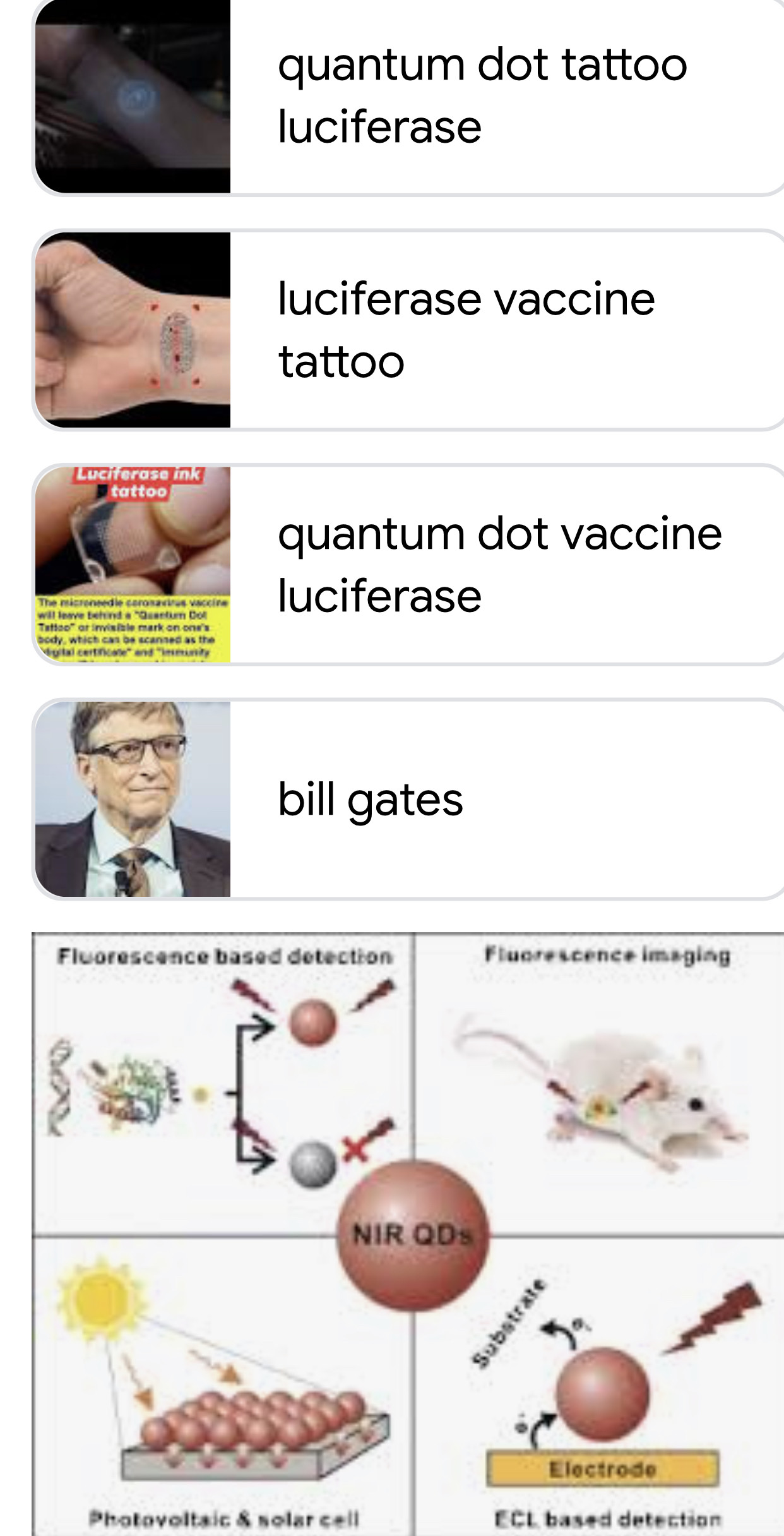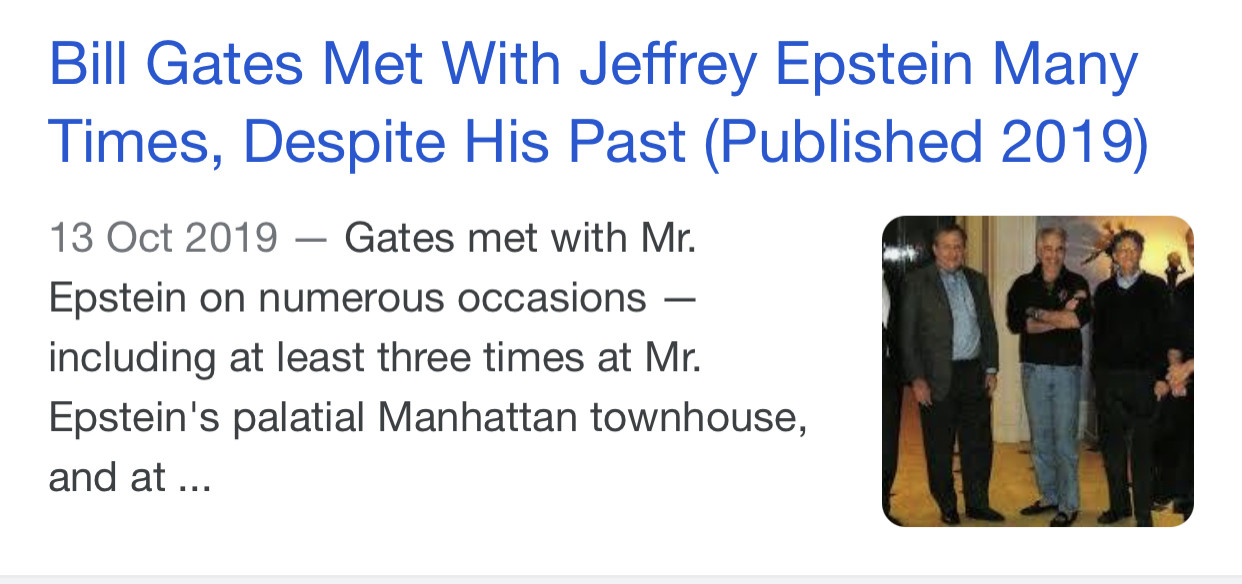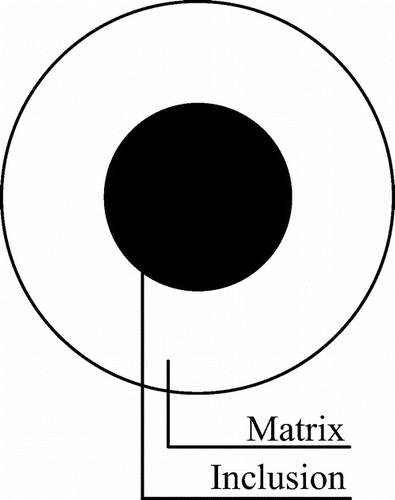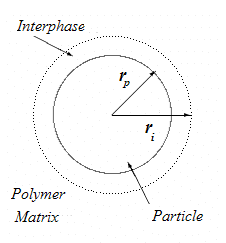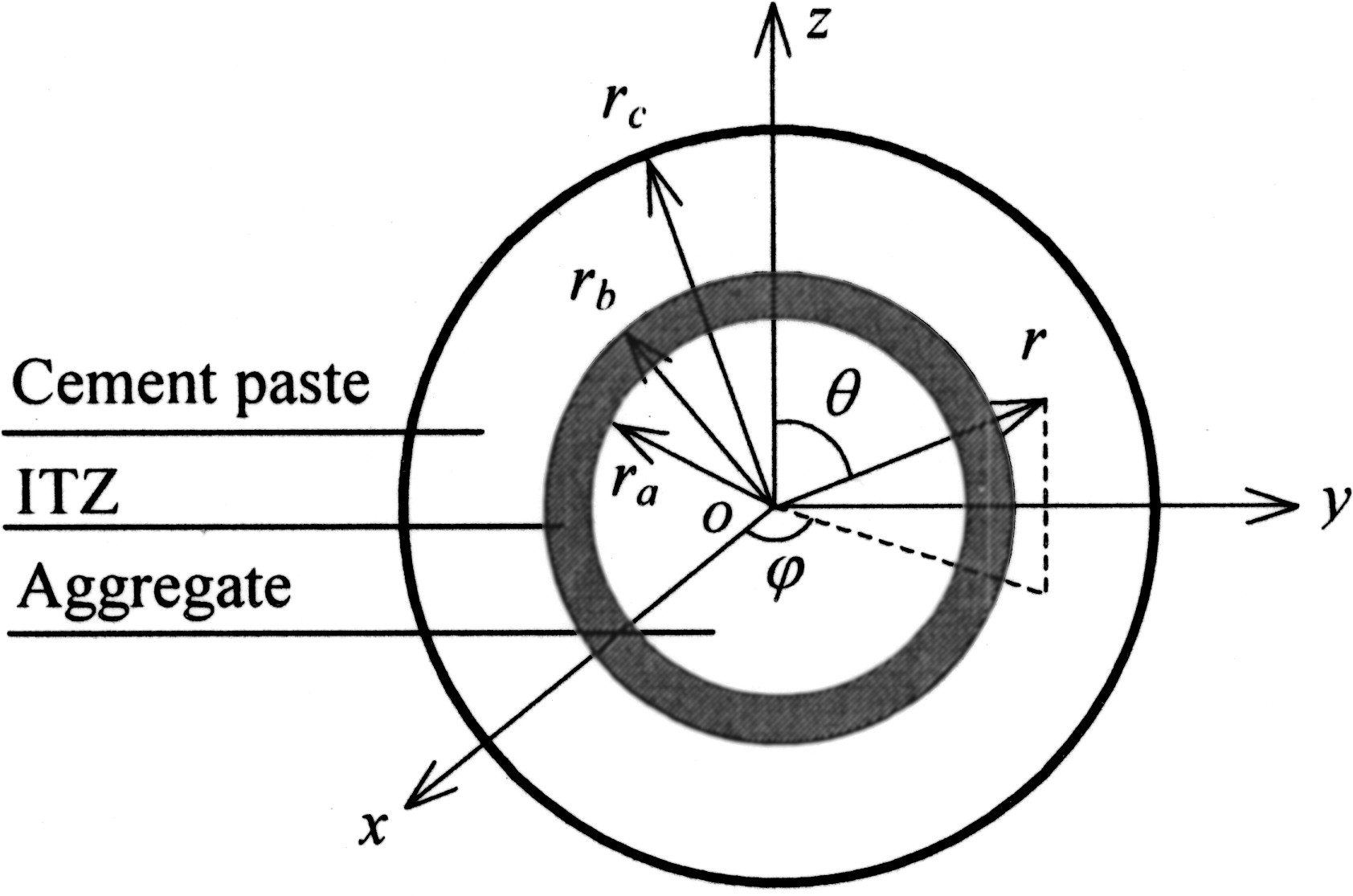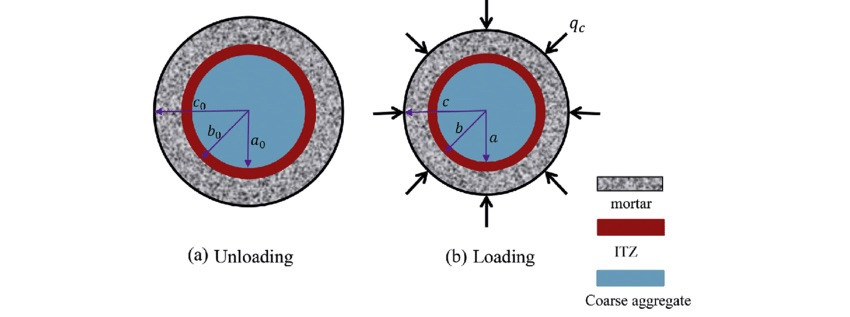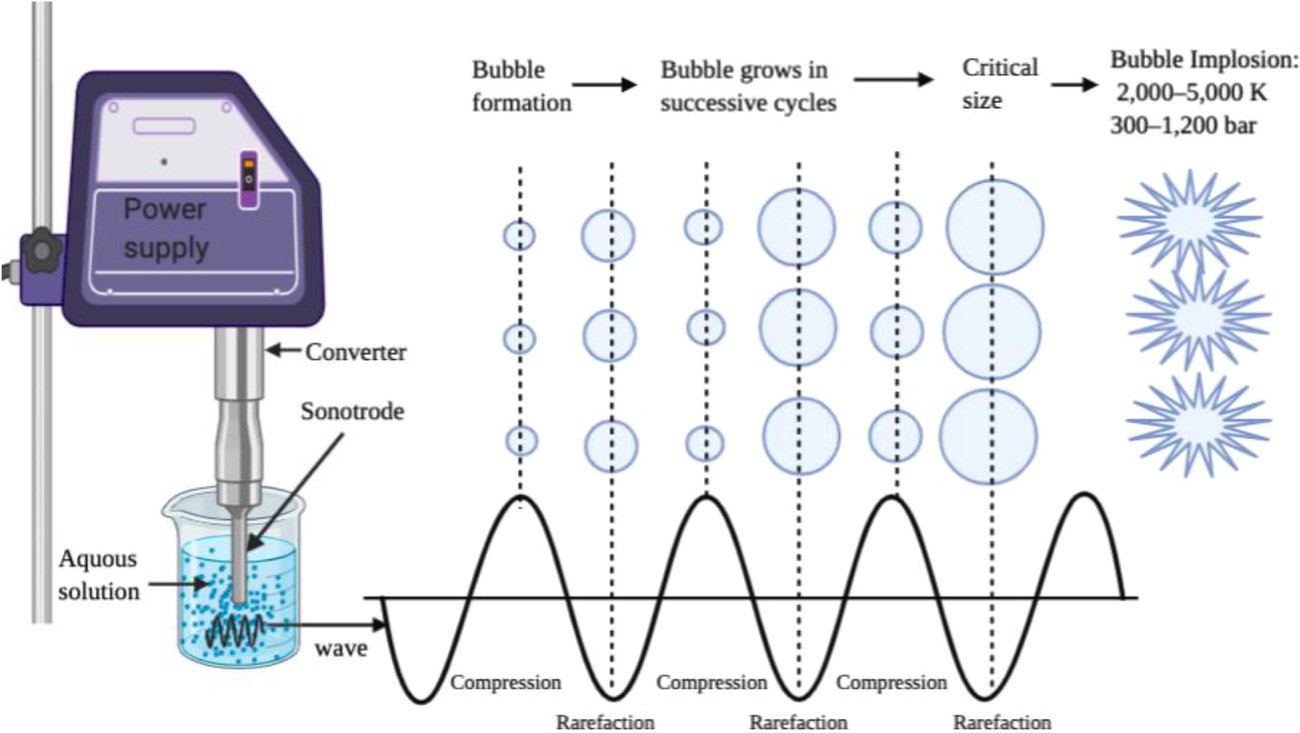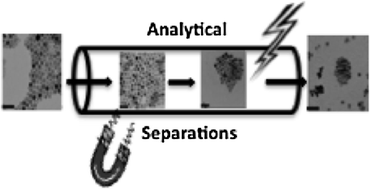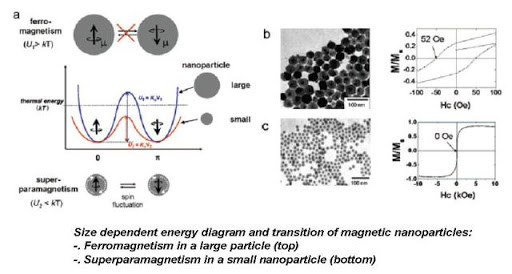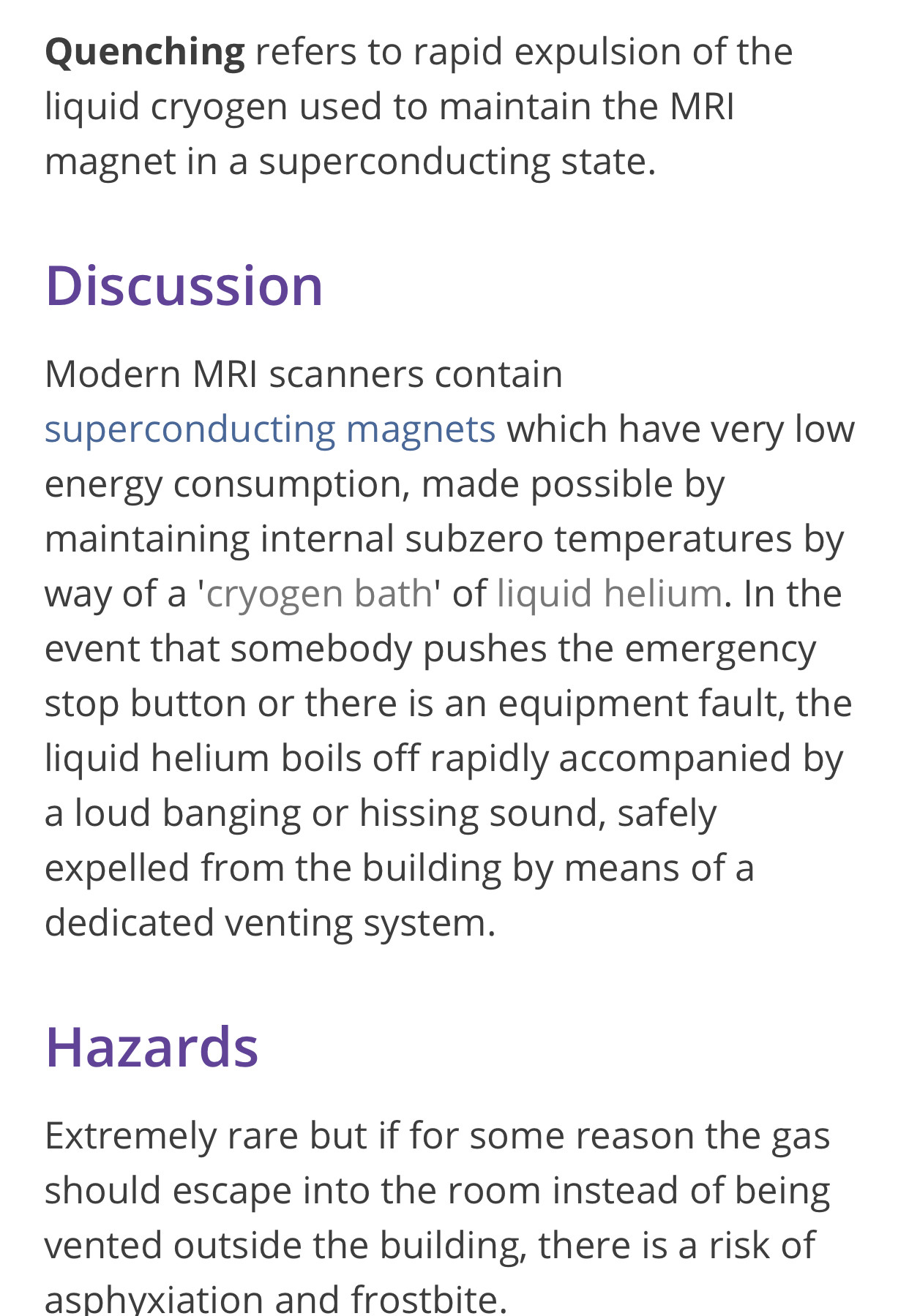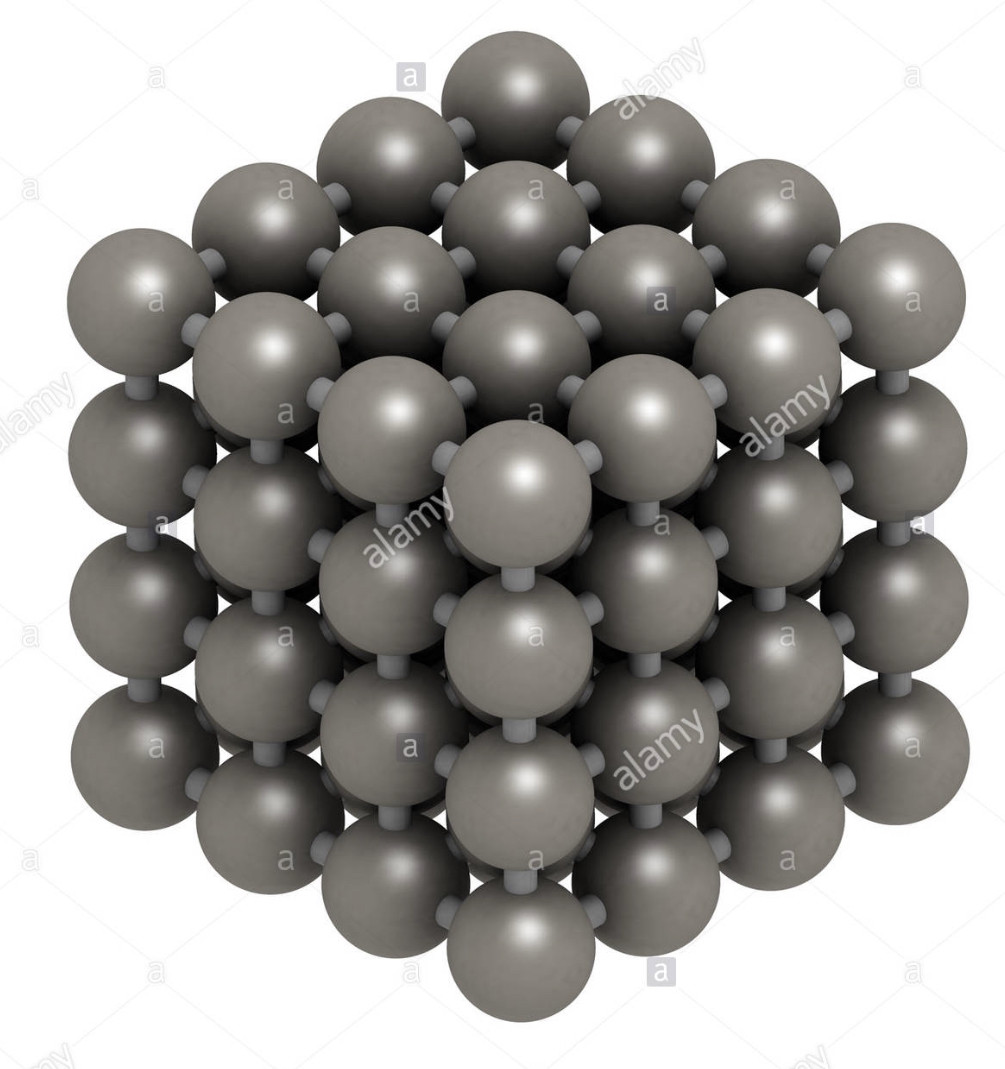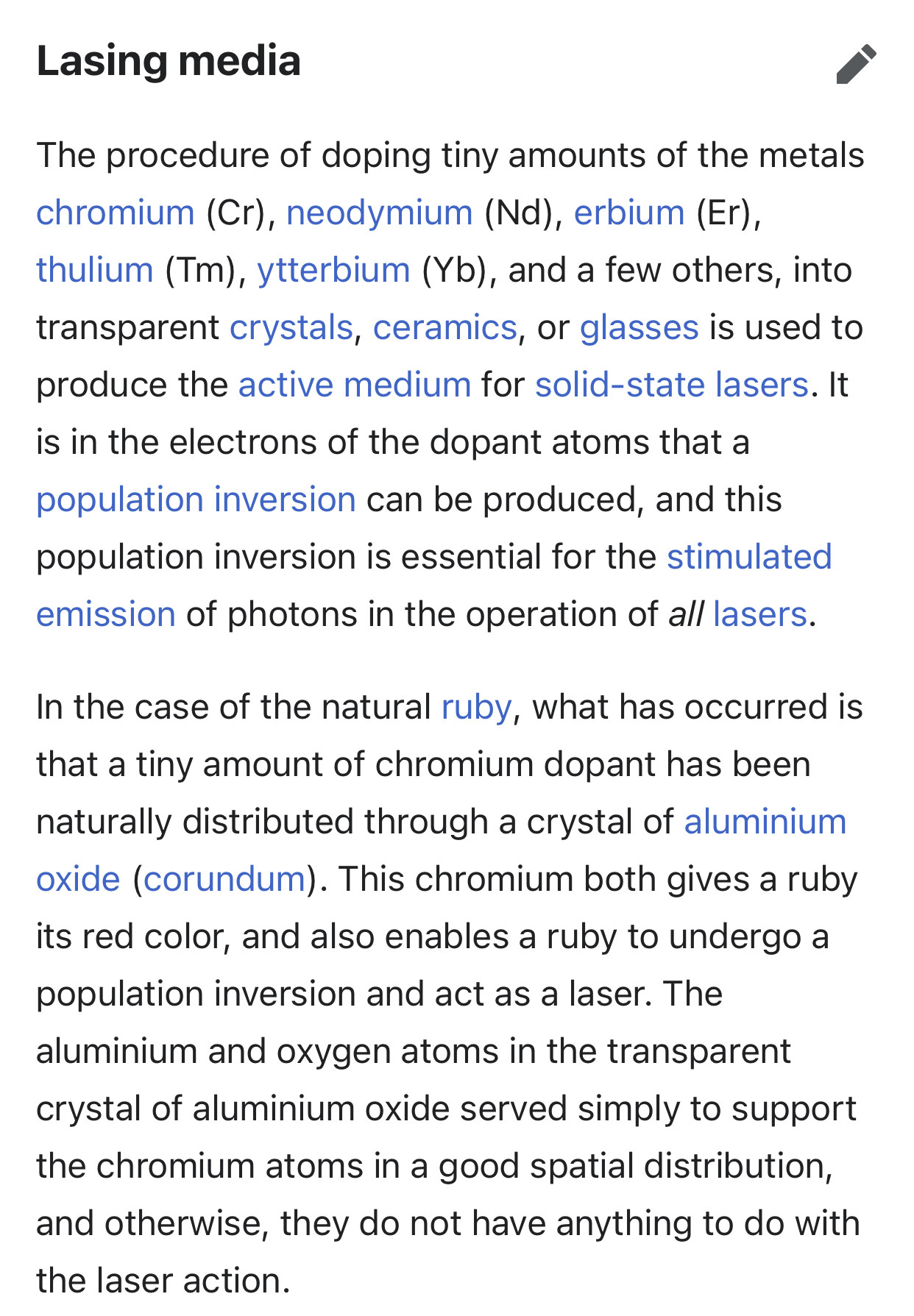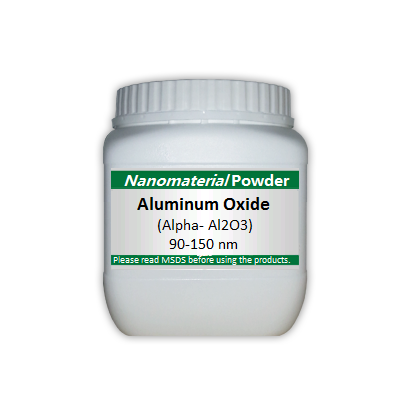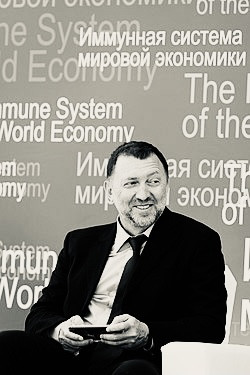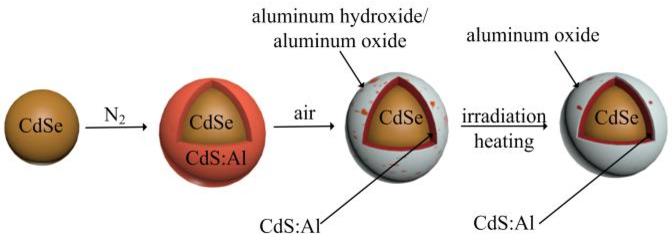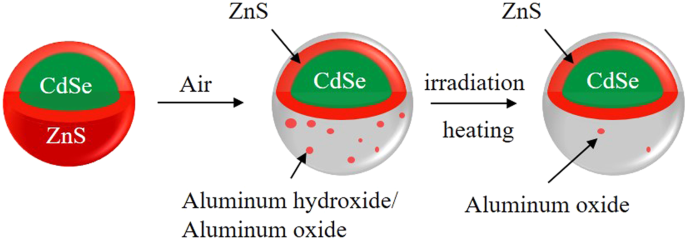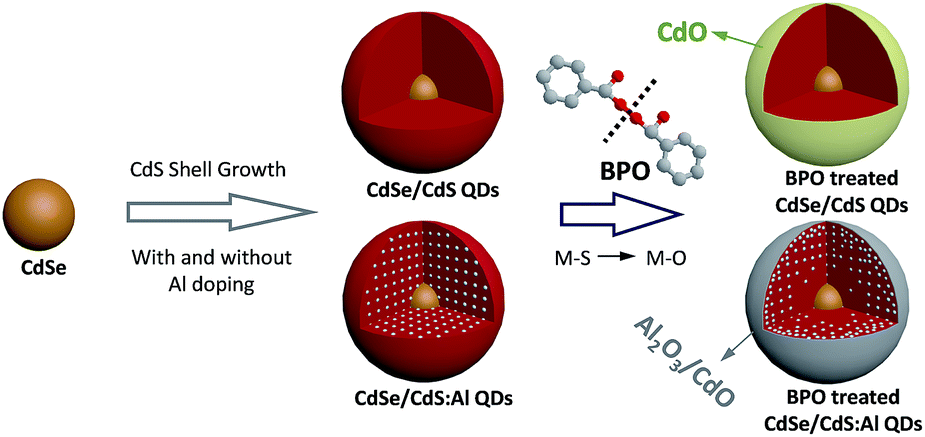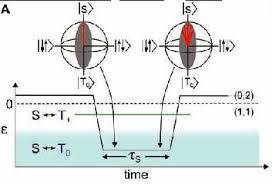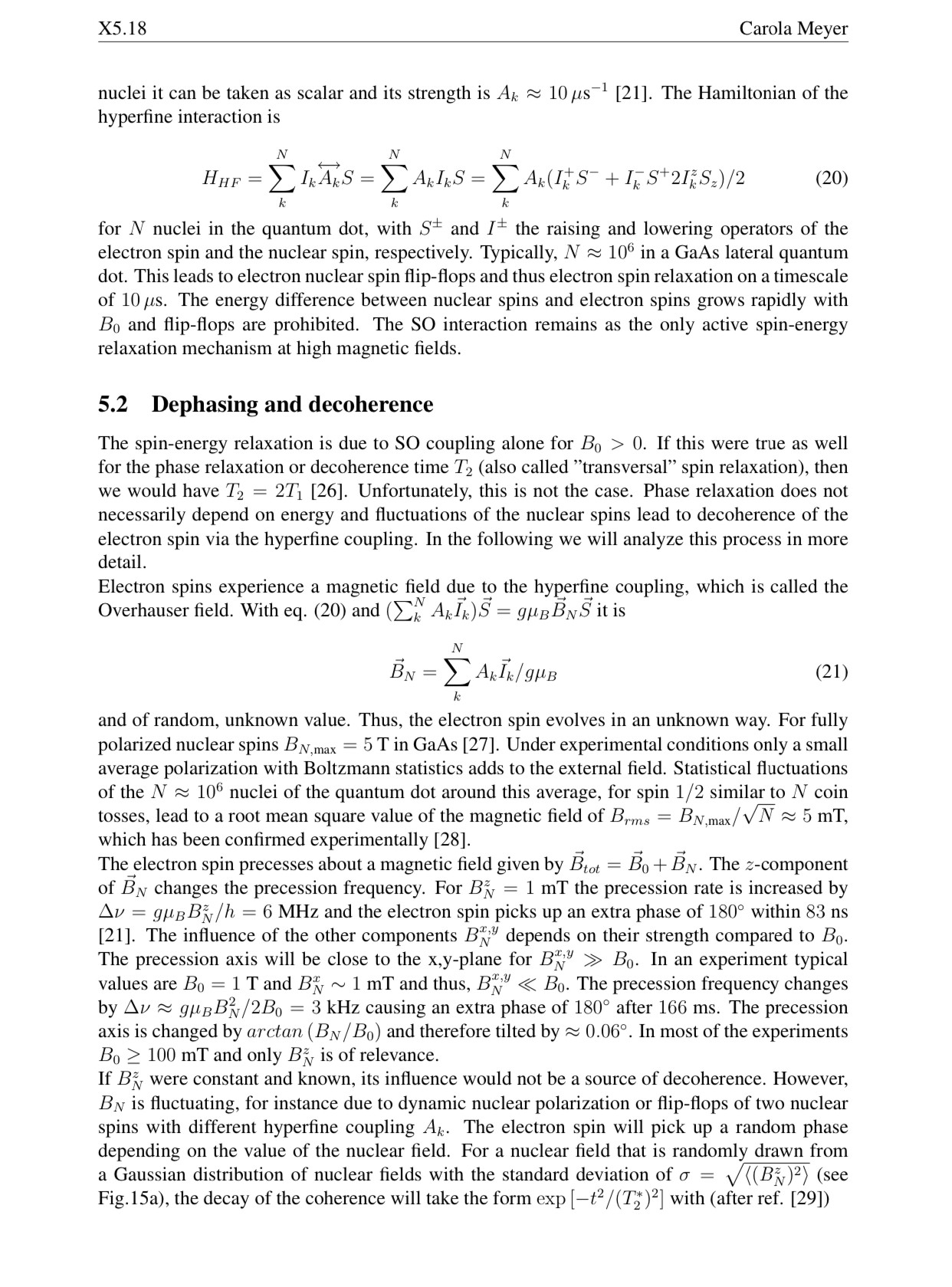JESUS = KING || MAGA || #WWG1WGA || IFBAP: AU, T.me, Gab, Rumble/Locals, 107Daily, TRUTH, GETTR || XRP, XDC, XLM, HBAR, SHIB, JASMY
Research Prescott Bush (GHWB's Father), and the IBM connection.
Pure Evil.
Evelyn De Rothschild?
JESUS = KING || MAGA || #WWG1WGA || IFBAP: AU, T.me, Gab, Rumble/Locals, 107Daily, TRUTH, GETTR || XRP, XDC, XLM, HBAR, SHIB, JASMY
.
(Dig your content, FREN. Keep after it.)
👍🏻
Sir Evelyn is also a Director of IMG Worldwide Inc. Previous corporate directorships include: Director of De Beers Consolidated Mines Ltd, and Director of IBM United
U.S. Leads World in Quantum Computing Patent Filings with IBM Leading the Charge - IPWatchdog.com | Patents & Patent Law
Patenting activities in the quantum computing sector have rapidly increased in recent years, with the U.S. by far the preferred jurisdiction for applicants.
https://www.ipwatchdog.com/2017/12/04/u-s-leads-world-quantum-computing-patent-ibm/id=90304/Quantum dots (QDs) possess optical properties of superbright fluorescence, excellent photostability, narrow emission spectra, and optional colors. ... Lipid-biotin conjugates were used to recognize and mark viral lipid membranes, and streptavidin-QD conjugates were used to light them up.
IBM Research - Zurich, Quantum technology & computing
IBM is building the first universal quantum computers for business and science.
https://www.zurich.ibm.com/st/quantum/alternativeplatforms.htmlPhotothermally triggerable solid lipid nanoparticles containing gold nanospheres - ScienceDirect
Photothermally triggerable solid lipid nanoparticle (SLN) was prepared by including gold nanoparticle (GNP) in the matrix of SLN. GNP was prepared by …
https://www.sciencedirect.com/science/article/abs/pii/S0927775715301709Despite the temperature during the NIR irradiation was far below the melting temperature of SLN matrix (around 43 °C), the NIR irradiation-induced release degree of Nile red (a fluorescence dye) loaded in the SLN was calculated to be as high as 38%. Since GNP was in close contact with the matrix of SLN, the fatty acid matrix adjacent to GNP could be locally heated, melted and fluidized, leading to a promoted release of the payload.
Nanoconcrete (also spelled nano concrete or nano-concrete) is a form of concrete that contains Portland cement particles that are no greater than 100 μm and particles of silica no greater than 500 μm, which fill voids that would otherwise occur in normal concrete, thereby substantially increasing the material's ...
that wouldnt of happened to be the nazis secret concrete way bqck when??...they say it was super tough but they wonr tell anything besides portland cement...🤷♂️
Despite the large body of literature describing the synthesis of magnetic nanoparticles, few analytical tools are commonly used for their purification and analysis. Due to their unique physical and chemical properties, magnetic nanoparticles are appealing candidates for biomedical applications and analytical separations. Yet in the absence of methods for assessing and assuring their purity, the ultimate use of magnetic particles and heterostructures is likely to be limited. In this review, we summarize the separation techniques that have been initially used for this purpose.
For magnetic nanoparticles, it is the use of an applied magnetic flux or field gradient that enables separations. Flow based techniques are combined with applied magnetic fields to give methods such as magnetic field flow fractionation and high gradient magnetic separation. Additional techniques have been explored for manipulating particles in microfluidic channels and in mesoporous membranes. Further development of these and new analytical tools for separation and analysis of colloidal particles is critically important to enable the practical use of these, particularly for medicinal purposes.
The assembly of tiny magnetic particles in external magnetic fields is important for many applications ranging from data storage to medical technologies.
Superparamagnetism is a form of magnetism which appears in small ferromagnetic or ferrimagnetic nanoparticles. In sufficiently small nanoparticles, magnetization can randomly flip direction under the influence of temperature. ... However, their magnetic susceptibility is much larger than that of paramagnets.
Paramagnetic substances include oxygen and ions of various metals like iron, magnesium and gadolinium. These ions have unpaired electrons, resulting in a positive magnetic susceptibility. The magnitude of this susceptibility is less than 0.1% of that of ferromagnetic materials.
The effect on MRI is an increase in the T1 and T2 relaxation rates (decrease in the T1 and T2 times). The figure illustrates the effect of a paramagnetic material (grey circle) on the magnetic field flux lines (blue).
Gadolinium is used as an MRI contrast agent.
The magnetic field describes the influence a magnet has on its surrounding area. Magnets create a magnetic field or line of force running from the magnetic north to the magnetic south pole of the magnet. Magnetic fields are the result of intrinsic magnetic moments and moving electric charges within a material. In MRI the strength of the main magnetic field (B0) is measured in tesla (T) or, historically, gauss (G), where 1 tesla equals 10,000 gauss
Electrons are perpetually rotating, and, since the electron has a charge, its spin produces a small magnetic moment. Magnetic moments are small magnets with north and south poles. The direction of the moment is from the south to the north pole. In nonmagnetic materials the electron moments cancel, since there is random ordering to the direction of the electron spins. Whenever two electrons have their moments aligned in opposite directions, their effects tend to cancel. Magnets are formed when a large number of the electrons align their individual moments in the same direction. Only a small percentage of crystals are magnetic. The forces that tend to align the electron spins are subtle.
Because magnetite has magnetic properties, it acts as a grounding stone and is thought to have powerful positive-negative polarity, meaning it attracts and repels, providing energy and a calming effect. Magnetite attracts love, commitment and loyalty.
A dopant, also called a doping agent, is a trace of impurity element that is introduced into a chemical material to alter its original electrical or optical properties. ... When doped into crystalline substances, the dopant's atoms get incorporated into its crystal lattice.
The amount of dopant necessary to cause changes is typically very low. When doped into crystalline substances, the dopant's atoms get incorporated into its crystal lattice. The crystalline materials are frequently either crystals of a semiconductor such as silicon and germanium for use in solid-state electronics, or transparent crystals for use in the production of various laser types; however, in some cases of the latter, noncrystalline substances such as glass can also be doped with impurities.
In solid-state electronics using the proper types and amounts of dopants in semiconductors is what produces the p-type semiconductors and n-type semiconductors that are essential for making transistors and diodes.
The ground state of an electron, the energy level it normally occupies, is the state of lowest energy for that electron. There is also a maximum energy that each electron can have and still be part of its atom.




